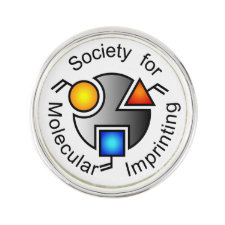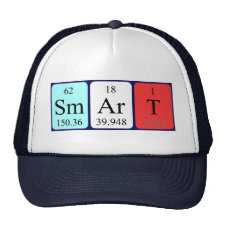
Authors: Li H, Liu YJ, Zhang ZH, Liao HP, Nie LH, Yao SZ
Article Title: Separation and purification of chlorogenic acid by molecularly imprinted polymer monolithic stationary phase.
Publication date: 2005
Journal: Journal of Chromatography A
Volume: 1098
Issue: (1-2)
Page numbers: 66-74.
DOI: 10.1016/j.chroma.2005.08.046
Alternative URL: http://144.206.159.178/ft/553/590038/12105982.pdf
Abstract: Separation and purification of chlorogenic acid by removal of the impurities compounds co-existed in the product using molecular imprinting technique was firstly reported. In this work, an in situ synthesis method was utilized for the preparation of molecularly imprinted polymer monolithic stationary phase using the impurity molecule (caffeic acid) as template, the mixture of tetrahydrofuran and isooctane as solvent, and methacrylic acid and ethyl glycol dimethacrylate as functional monomer and cross-linker, respectively. The retention behavior of the monolithic polymer to chlorogenic acid molecule, the template and several main impurities compounds in the product was studied and the adsorption capacity of compounds on the stationary phase determined by frontal chromatographic technique. A relatively weak retention of the target product molecule (chlorogenic acid) on the polymer and a strong adsorption capability of the monolith to the template and several main impurities were observed. This might mainly result from the 'shape' difference of chlorogenic acid molecule with the impurities compounds molecules. This approach was shown to be successful for the separation and purification of chlorogenic acid from the extract of Eucommia ulmodies leaves
Template and target information: caffeic acid
Author keywords: Molecularly imprinted polymer monolith, in situ synthesis, chlorogenic acid, caffeic acid, separation



Join the Society for Molecular Imprinting

New items RSS feed
Sign-up for e-mail updates:
Choose between receiving an occasional newsletter or more frequent e-mail alerts.
Click here to go to the sign-up page.
Is your name elemental or peptidic? Enter your name and find out by clicking either of the buttons below!
Other products you may like:
 MIPdatabase
MIPdatabase









